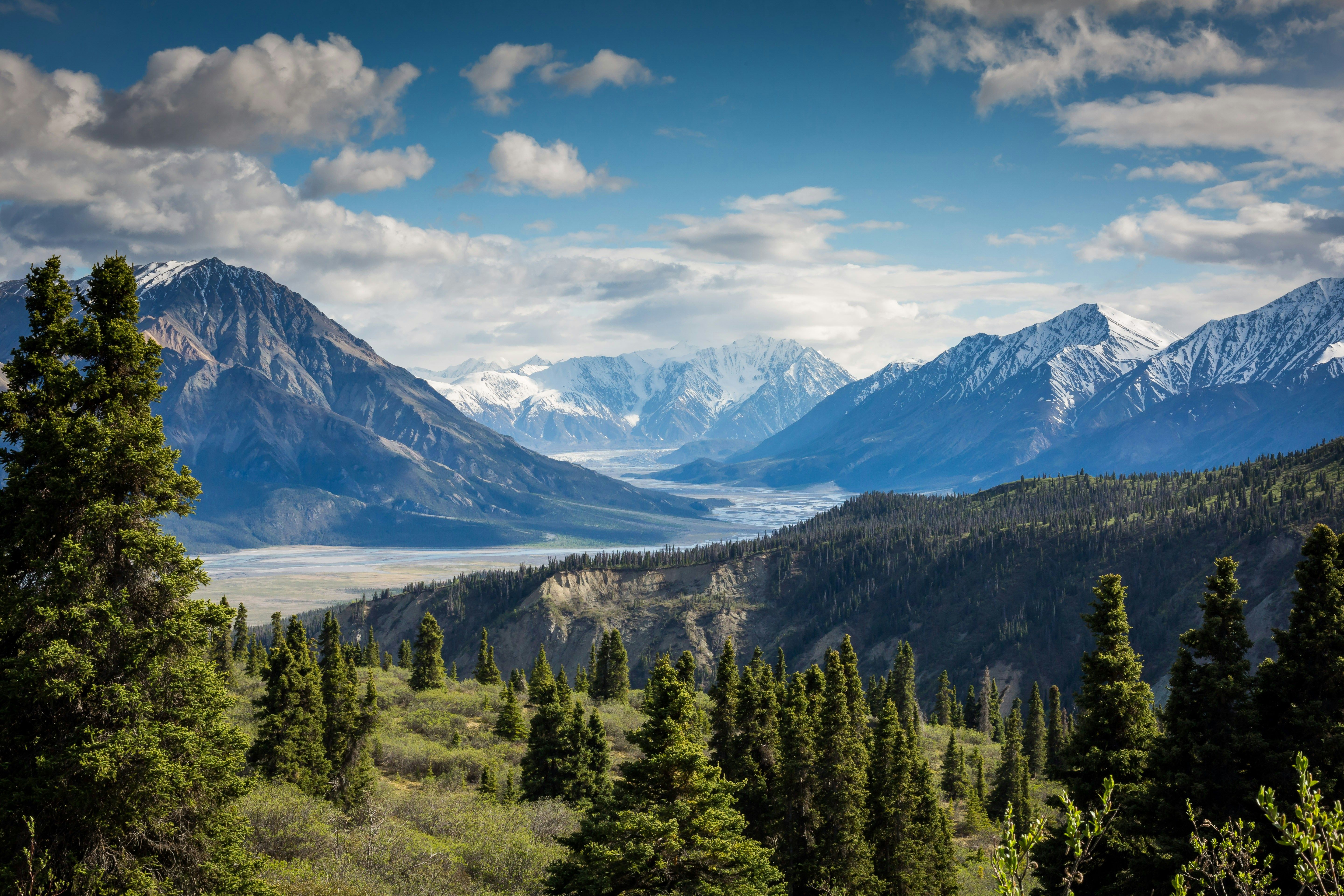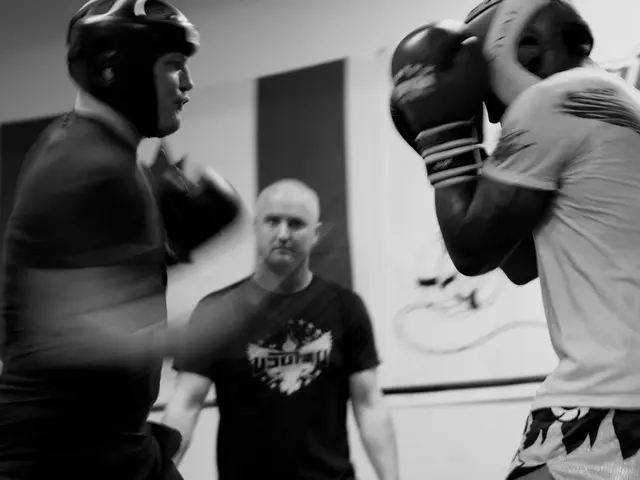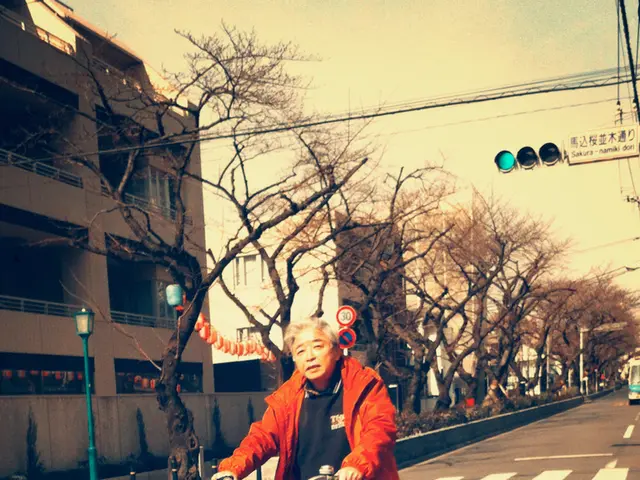Exploring the Tales and Folklore of the Llanos: The Pancha Vásquez Collective (Segment III)
Unexplored Tales and Legends from the Llanos of Apure
Step into the captivating world of the Llanos, a region in Venezuelan plains notorious for its rich cultural heritage, stunning landscapes, and intriguing tales. But, beyond the beauty lies a complex web of political and social contradictions, including land disputes, Indigenous rights, and spillover from neighboring Colombia's inner conflicts.
Nestled on the outskirts of Elorza, in the southwest of Apure State, lies the sprawling Pancha Vasquez Commune. This expansive territory, made up of fourteen communal councils, buzzes with agriculture and cattle rearing activities. Small to mid-sized producers call this land home, taking pride not only in their equestrian traditions and local folklore, but also in the significant role that Elorza played in Hugo Chavez's political journey.
In this concluding part of our three-part exploration, we delve into the enchanting legends that intertwine with the region's culture and history.
Embracing the Mysteries: The Espantos
Petra Cedeno, a Llanos native, explains the Espantos, spectral figures deeply rooted in our music, culture, and landscape. "I saw the Bola de Fuego once, but it was over in a flash. When you see the fireball, you must insult it to keep it at bay," she says. The Espantos are intrinsically connected with the Llanos' relationship with nature, with their presence often signaled by the carrao's song, signaling an upcoming rainstorm, or the guacharaca's song, predicting a death.
Carmelo Ramon Barrios recalls Chavez's fascination with the Espantos, comparing the Silbon—a spectral figure with a long pole—to imperialism. He also shared tales of the Patrullero, a gigantic caiman that Chavez encountered during his time in Elorza. One evening, as the sun set, Chavez found himself standing on the Patrullero's back! La Sayona, a dangerous, seductive spirit targeting reckless men, is another Espanto found near the marshes of the Capanaparo.
To truly embrace the Espantos, listen to Chavez's Alo Presidente broadcasts or explore the Llanos' music, which often tells stories of Espantos' encounters.
Chavez and the Communal Legacy
Edgard Este, a local musician, vividly remembers Chavez from his childhood, when the future president was stationed in Elorza. Chavez had a keen interest in the music of Pataruco Esplumao, frequently inviting him to perform at festivities. Juan Fernandez, who never met Chavez personally, recalls the charismatic, congenial persona that endeared Chavez to the locals. During his Escamoto command (1985-88), Chavez also embraced the Llanos culture, even singing joropo songs, which further endeared him to the community.
On March 5, 2013, Chavez passed away, but his ideas live on as an inspiration. Hugo Calzadilla reflects on the dual nature of Chavez, observing the transformation he underwent during his time in Elorza under the guidance of Father Gonzalo de Jesus. This transformation shaped Chavez into a visionary who fought for the plight of Indigenous peoples and the Llanos culture.
A Living Legacy
Yubranis Fernandez, a 14-year-old Llanos resident, admires Chavez, despite never meeting him. She carries on her father's love for Chavez, embracing his vision for the commune in the face of challenges such as the blockade, Adecos, bureaucracy, and lengthy dry summers. The commune, she believes, is the path for the people. And, as she tells her friends, the project lives on, inspiring a new generation to carry Chavez's torch.
Legends like the Espantos may not have a direct connection to Chavez, but they form part of the Llanos' identity, which Chavez skillfully wove into his populist appeal to rural traditions. By embracing the cultural significance of these legends, we enter a world where Chavez continues to inspire and guide, a testament to the enduring spirit of the Llanos and its people.
Enrichment Data
Venezuela's Llanos are steeped in folkloric legends that fuse Indigenous, colonial, and African influences. Key legends associated with the region include the Espantos:
El Silbón, a spectral figure carrying a sack of bones, symbolizing moral transgressionsLa Sayona, a vengeful female spirit targeting unfaithful menEl Florentino, a ghostly horseman defending oral traditions through poetic challenges.
Though no specific Espantos directly reference Chavez, his political rhetoric heavily relied on Llanero symbolism, reinforcing the cultural bridge between the spirits and his "Bolivarian" vision.
- The Llanos, a Venezuelan flatland region, is known for its rich cultural heritage, stunning landscapes, and mystifying legends.
- The Pancha Vasquez Commune, situated in the southwest of Apure State, thrives with agricultural and cattle rearing activities.
- The Espantos, spectral figures deeply rooted in Llanos music, culture, and landscape, are intrinsically connected to the region's relationship with nature.
- Petra Cedeno, a Llanos native, witnessed the Bola de Fuego, a spectral fireball, stating it disappeared swiftly.
- The carrao's song often signals an upcoming rainstorm, while the guacharaca's song predicts a death in the Llanos.
- Carmelo Ramon Barrios shared tales of Chavez's fascination with the Espantos, comparing the Silbon to imperialism.
- Chavez encountered the Patrullero, a gigantic caiman, during his time in Elorza and is said to have stood on its back one evening.
- The Llanos' music often tells stories of encounters with Espantos.
- La Sayona, a seductive spirit targeting reckless men, is another Espanto found near the marshes of the Capanaparo.
- The commune in the Llanos, inspired by Chavez, is a living legacy carried on by a new generation.
- Hugo Calzadilla observed the transformation Chavez underwent in Elorza under the influence of Father Gonzalo de Jesus.
- TheEspantos may not have a direct connection to Chavez, but they form part of the Llanos' identity, which Chavez skillfully wove into his populist appeal.
- Embracing the cultural significance of the Espantos leads us to a world where Chavez continues to inspire and guide.
- The Llanos are steeped in folkloric legends that fuse Indigenous, colonial, and African influences.
- Key legends associated with the Llanos include El Silbón, La Sayona, and El Florentino.
- El Silbón, a spectral figure carrying a sack of bones, symbolizes moral transgressions.
- La Sayona is a vengeful female spirit targeting unfaithful men.
- El Florentino is a ghostly horseman defending oral traditions through poetic challenges.
- Chavez's political rhetoric heavily relied on Llanero symbolism, reinforcing the cultural bridge between the spirits and his "Bolivarian" vision.
- Yubranis Fernandez, a 14-year-old Llanos resident, carries on her father's love for Chavez, embracing his vision for the commune.
- The challenges faced by the commune, such as the blockade, Adecos, bureaucracy, and lengthy dry summers, are significant obstacles.
- Despite never meeting Chavez, Yubranis Fernandez admires him and believes the commune project is a path for the people.
- Chavez's ideas have spread as an inspiration, living on beyond his death.
- Adecos refers to legislators who have abandoned their posts in the National Assembly of Venezuela.
- zzThe blockade refers to the economic sanctions imposed on Venezuela by Western countries.
- The seductive spirit La Sayona targets reckless men in the swamps of the Capanaparo.
- In his political journey, Chavez's station in Elorza played a significant role.
- Juan Fernandez, who never met Chavez personally, recalls the charismatic, congenial persona that endeared Chavez to the locals.
- Chavez's Escamoto command (1985-88) saw him embrace Llanos culture, even singing joropo songs to endear himself to the community.
- By exploring the Llanos and its legends, one enters a world where Chavez continues to inspire and guide, a testament to the enduring spirit of the Llanos and its people.









